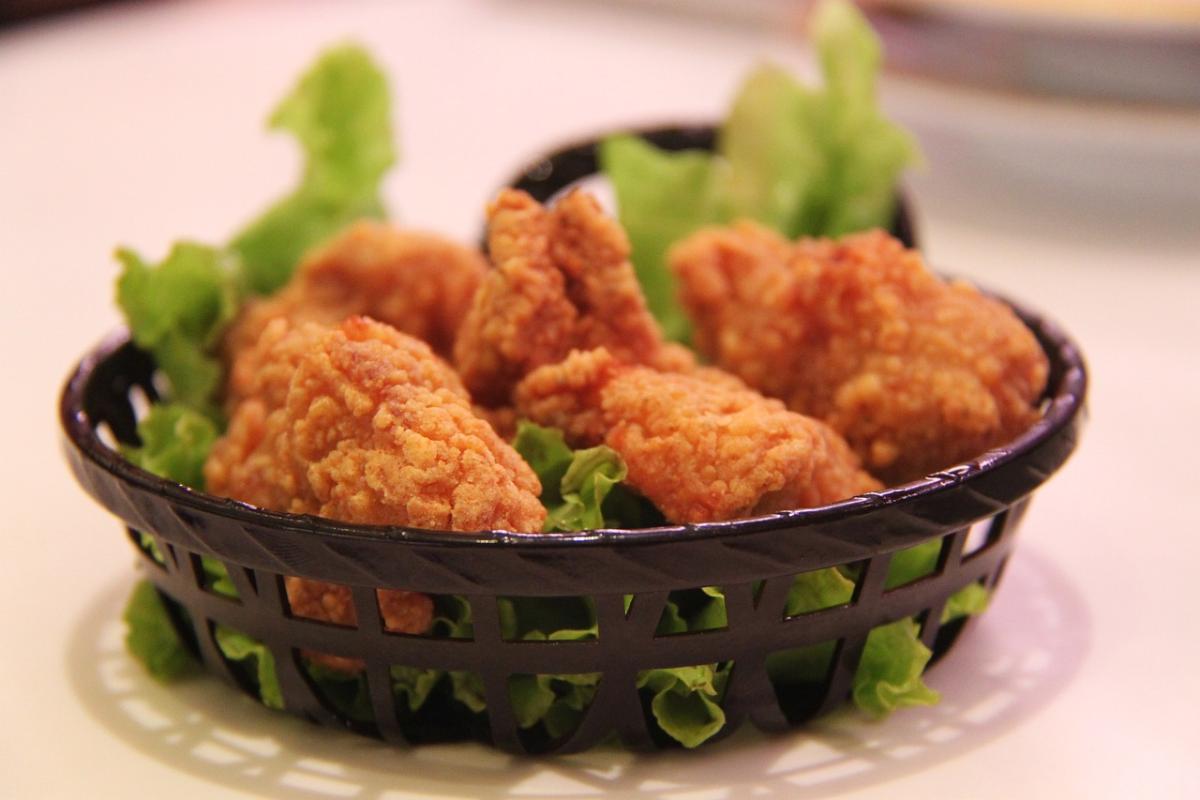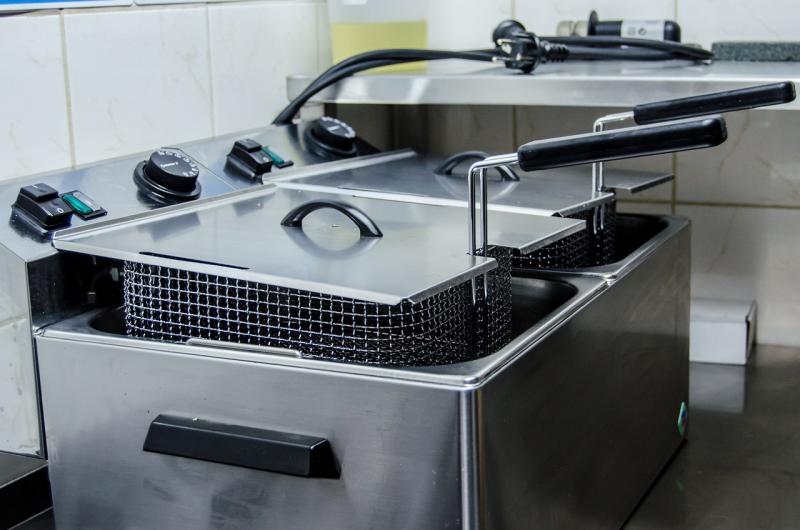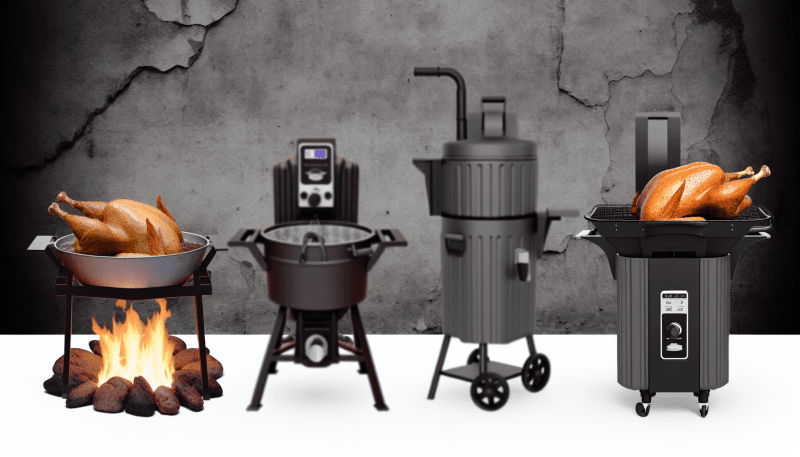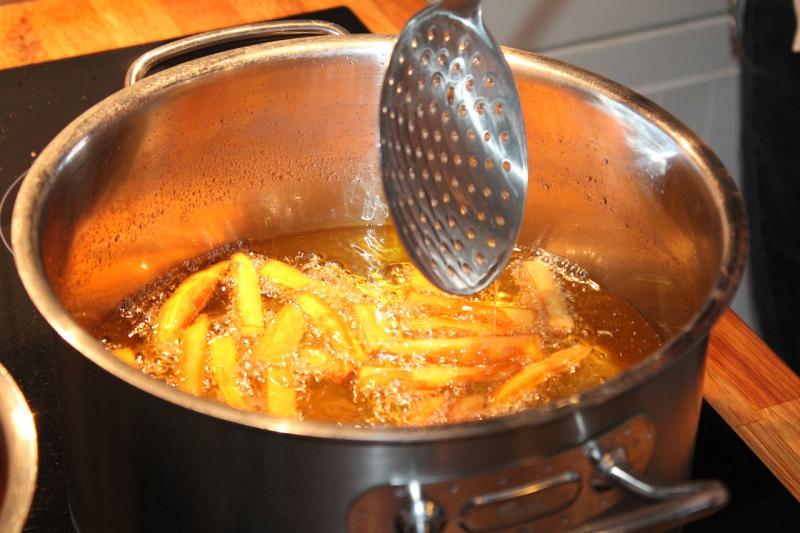When it comes to cooking chicken, choosing the right cuts can make a significant difference in flavor and texture. Each cut has its unique qualities, which can enhance your dish in different ways. From juicy breasts to flavorful thighs, understanding the characteristics of each cut will help you elevate your cooking game.
Chicken breasts are one of the most popular cuts, known for their lean meat and mild flavor. They cook quickly and can be easily grilled, baked, or sautéed. However, they can also dry out if overcooked, so using a marinade or brining can help keep them juicy. For a subtle twist, try pounding them to an even thickness before cooking, ensuring even heat distribution.
On the other hand, chicken thighs offer a richer taste and a tender, succulent texture. They are higher in fat compared to breasts, making them less likely to dry out during cooking. Thighs can be used in various recipes, from hearty stews to crispy roasted dishes. Don't shy away from bone-in thighs, as they often bring even more flavor to your meals.
For a unique flavor experience, consider trying chicken wings or drumsticks. These cuts are not only fun to eat, but they also absorb marinades and flavors beautifully. Perfect for gatherings, wings can be deep-fried, grilled, or baked, showcasing their versatility. Meanwhile, drumsticks are a great option for slow cooking, allowing the meat to become incredibly tender and infused with whatever spices you choose.
Essential Cooking Techniques for Chicken
When it comes to cooking chicken, mastering a few essential techniques can elevate your dishes from ordinary to extraordinary. Whether you're a beginner or an experienced cook, understanding these methods will help you achieve juicy, flavorful results every time. Let’s explore some of the fundamental cooking techniques for chicken that will make your meals shine.
One of the most popular ways to cook chicken is roasting. This method involves cooking the chicken in the oven, allowing the skin to become crispy while keeping the meat tender and juicy. To start, season the chicken with your favorite herbs and spices, then place it in a roasting pan. For best results, consider trussing the chicken to ensure even cooking. Roasting at a high temperature initially, followed by a lower temperature, creates perfectly cooked chicken with a golden-brown exterior.
Sautéing is another essential technique that brings out the rich flavors of chicken. Simply heat a small amount of oil in a skillet over medium-high heat, add your cut pieces of chicken, and cook until they're browned and cooked through. This method is perfect for chicken breasts or thighs, and it allows for quick cooking, making it great for weeknight meals. Pair sautéed chicken with fresh vegetables or a flavorful sauce to complete your dish.
Don’t overlook the benefits of braising, which combines both dry and wet cooking methods. Start by searing the chicken to develop flavor, then add liquid (like stock or wine) and cover it, cooking it slowly on the stovetop or in the oven. This technique is ideal for tougher cuts of chicken, as the slow cooking process ensures the meat becomes tender and infused with flavor. You can experiment with different liquids and aromatics to create a dish that’s uniquely yours.
Flavorful Marinades and Seasonings
A simple marinade can be made using olive oil, lemon juice, garlic, and your choice of herbs. This combination adds a zesty kick and enhances the natural flavors of the chicken. For a more adventurous spin, try mixing soy sauce, ginger, and sesame oil for an Asian-inspired flavor profile. Letting your chicken soak in these mixtures for at least an hour will help the flavors penetrate deep into the meat.
Don't overlook dry seasonings, either! A mix of paprika, cumin, salt, and pepper can create a wonderful rub for your chicken. Simply massage the spices into the meat for a burst of flavor that develops during cooking. Experimenting with different spice blends, such as Cajun or Italian seasoning, can bring new life to your chicken dishes.
For the spicy enthusiasts, adding chili powder or hot sauce to your marinades can take your chicken to a whole new level. Pair it with a touch of honey for a sweet and spicy contrast that will delight your taste buds. The key is to find the right balance that suits your preferences and brings out the best flavors in your chicken.
Perfect Cooking Temperatures to Know
Cooking chicken to the right temperature is essential for both safety and flavor. The USDA recommends that all poultry be cooked to an internal temperature of 165°F (75°C). This temperature ensures that any harmful bacteria, such as Salmonella and Campylobacter, are effectively eliminated. To check this, insert a meat thermometer into the thickest part of the chicken, making sure not to touch the bone, as that can give a false reading.
For those who enjoy juicy chicken, aim for cooking temperatures slightly below 165°F if you're using techniques like sous-vide or brining. Cooking chicken breast to 160°F (71°C) allows for a moist texture, while still being safe to consume. When rested, the internal temperature will continue to rise by a few degrees, achieving that perfect tenderness.
Dark meat, such as thighs and drumsticks, can be cooked to a slightly higher temperature, around 175°F to 180°F (80°C to 82°C). This higher range breaks down the connective tissues in the meat, resulting in a deliciously tender bite. The additional fat content in dark meat also ensures that it remains juicy, even when cooked to these higher temperatures.
When grilling or roasting whole chickens, a safe overall temperature is key. A good rule of thumb is to cook until the thickest part of the breast reaches 165°F (75°C) while also ensuring that the thickest part of the thigh reaches at least 175°F (80°C). This method guarantees that every part of the chicken is perfectly cooked, mouth-watering, and safe to eat.



